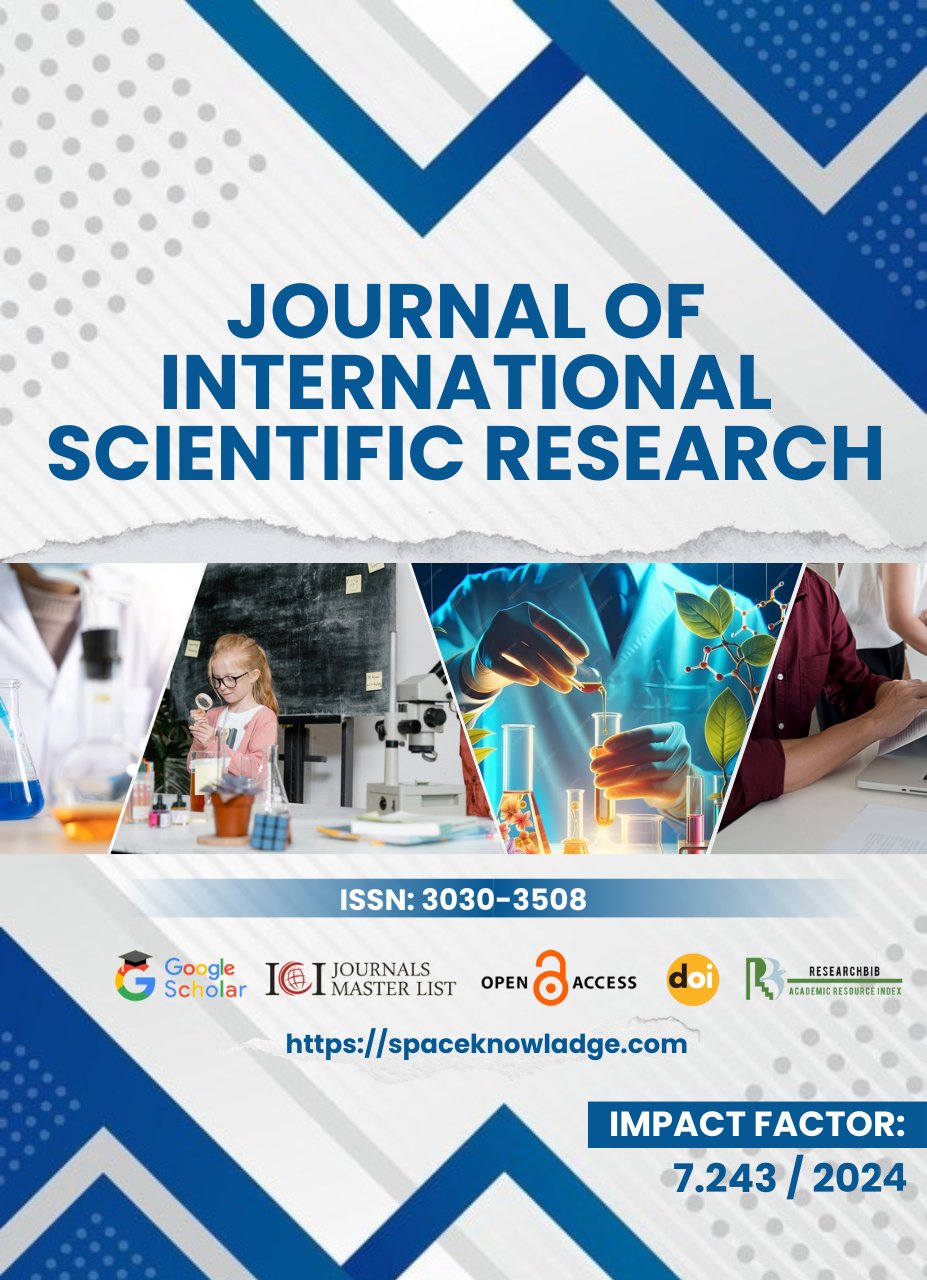THE INTEGRATION OF CONTENT AND LANGUAGE INTEGRATED LEARNING (CLIL) IN EFL: ENHANCING BOTH CONTENT KNOWLEDGE AND LANGUAGE SKILLS
Keywords:
Content and Language Integrated Learning (CLIL), English as a Foreign Language (EFL), language proficiency, content knowledge, language acquisition, cognitive development, scaffolding, academic language, task-based learning, bilingual education, intercultural competence, teacher training, authentic materials, differentiated instruction, formative assessment, educational methodology.Abstract
Content and Language Integrated Learning (CLIL) has gained significant attention in the field of English as a Foreign Language (EFL) education. By integrating the learning of content subjects, such as science, history, or mathematics, with the acquisition of a foreign language, CLIL provides learners with a holistic approach that enhances both language proficiency and subject knowledge. This article explores the theoretical framework of CLIL, its implementation in EFL contexts, and its benefits for learners in terms of cognitive development, language acquisition, and academic performance. Furthermore, the challenges and limitations of integrating content and language in EFL classrooms are discussed, along with recommendations for effective CLIL implementation.
References
1. Coyle, D., Hood, P., & Marsh, D. (2010). CLIL: Content and Language Integrated Learning. Cambridge University Press.
2. Dalton-Puffer, C. (2011). Content-and-Language Integrated Learning: From Practice to Principles? In The European Journal of Applied Linguistics and TEFL, 2(1), 1-12.





